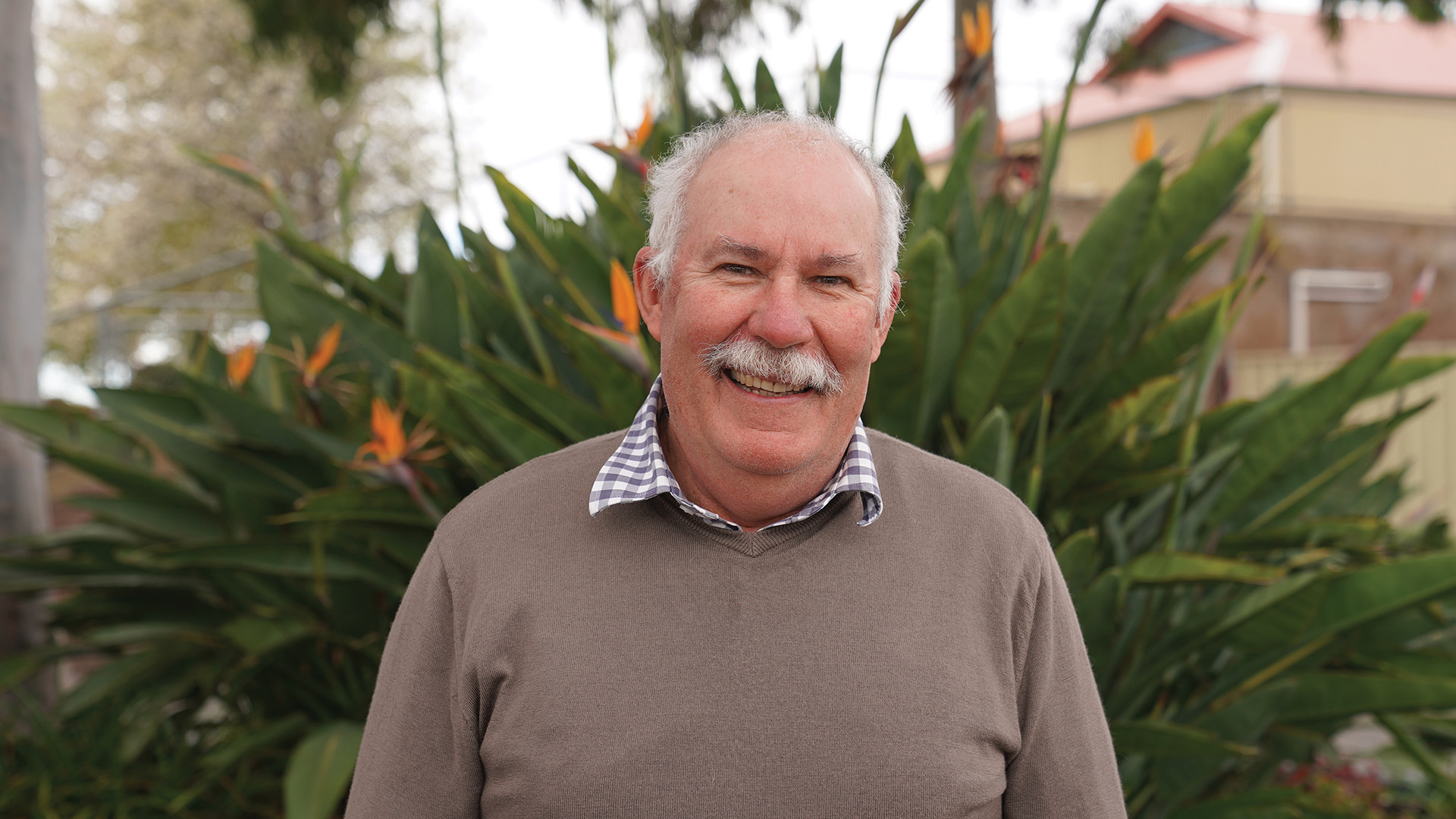Fresh data released today shines a light on the affordability of units in retirement villages compared to Australia’s traditional and otherwise unaffordable housing market.
The 2023 PwC-Property Council Retirement Census reveals the cost of a two-bedroom unit in a retirement village is on average 43 per cent cheaper than homes in the same postcode across the country.
The Retirement Living Council (RLC) said the data shows the important role retirement villages play in providing affordable housing for older Australians.
The 2023 PwC-Property Council Retirement Census – released today – reveals:
- A two-bedroom unit in a retirement village is on average 43 per cent cheaper than the median house price in the same postcode.
- The average cost for a unit in a retirement village is $559,000 compared to the $986,000 median house price in the same postcodes.
- Retirement villages are effectively operating at full capacity, with five per cent vacancy.
- Residents of these communities hold operators in very high regard with a national net promoter score of +44.
Comments attributable to RLC Executive Director Daniel Gannon:
“Retirement villages are an affordable housing solution available to older Australians in an otherwise unaffordable housing market.
“But these retirement communities aren’t just helping older Australians with housing options – they’re helping younger homebuyers too.
“When an older person or couple makes the decision to ‘rightsize’ into a home that is better suited to their ageing needs, they’re injecting a bigger home back into the market for younger Australians.
“Given the number of Australians aged over 75 will increase from 2 million to 3.4 million by 2040, a tight vacancy rate is concerning news for consumers and governments alike.
“This means governments need to get their skates on and actually start planning for ageing populations – starting with age-friendly housing.”
Comments attributable to Aveo CEO Tony Randello:
“This Census data offers crucial benchmarking for retirement living operators and it confirms that in the midst of a housing crisis, retirement living communities continue to serve as an affordable housing option where older Australians can thrive.
“With current supply already at capacity, planning reforms are essential for us as operators to provide more contemporary, age-appropriate, and affordable housing across the country.”
Comments attributable to PwC Australia partner Meredith Chester:
“As our population ages, the demand for high-quality, accessible retirement living options has never been more critical.
“The sector is facing a unique set of challenges and opportunities that it must confront head on.”
Comments attributable to PwC Australia partner Funminiyi Oduko:
“From rising construction costs and limited land supply to evolving preferences of the ageing population, the landscape of retirement living is rapidly changing while affordability remains a key component of the retirement living sector in comparison to the residential housing market.”
About the Retirement Living Council
The RLC is the national peak body for the retirement and seniors’ living sector, championing policies that deliver age-friendly homes and better services in retirement communities across Australia.
The RLC sits within the Property Council’s national advocacy team, representing for-profit and not-for-profit owners and operators of retirement villages and seniors’ living communities.
It represents members on issues of national significance, such as housing, planning, health and tax advocacy, as well as village accreditation and the Retirement Living Code of Conduct.
Importantly, the RLC plays an active role telling the industry’s story and helps deliver better housing that leads to better health outcomes for more than 249,000 older Australians who call one of these communities ‘home’.








